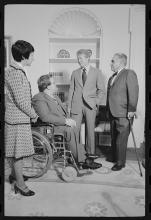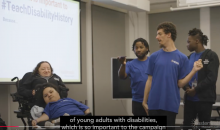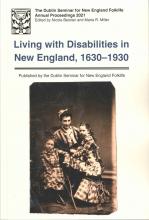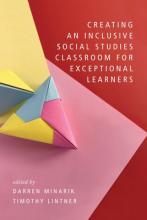Inclusive History News
In this Issue:
- News of the Field
- Disability History News & Resources
- Events @ Emerging America
- Other Professional Development Events
- Teaching Resources
- New at the Library of Congress
December Featured Blog Post: The Movement to Teach Disability History Comes Together - includes The Need Remains: 2024 Teacher Survey Results










